- Joined
- Jul 21, 2004
- Messages
- 9,159
Rapaport group, the biggest player in the wholesale diamond world, has enter the world of diamond grading scales. They’ve got a new system for grading round brilliant cut stones.
It’s an interesting deal.
The entire press release is behind a paywall and I’m not sure if I’m permitted to show it or not but given the impact this is likely to have on the industry, it seems relevant. I’ll post it and see if they complain. In a nutshell it’s for round brilliant cut natural diamonds only, rather like the GIA cut grade. In fact, GIA grading is a prerequisite. There are 14 grades, and the top 5 are all subcategories of GIA-excellent. The other 9 are divisions of GIA-vg.
I"m curious what the prosumers think of this. It's a whole new approach. Other than focusing table and depth a little bit form the GIA specs, none of their criteria have anything at all to do with proportions for example. Is this a valid scale for deciding which GIA-xxx is the 'most excellent'?
[

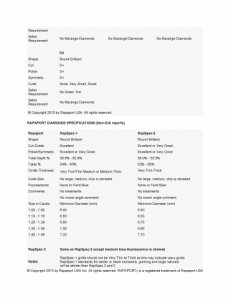
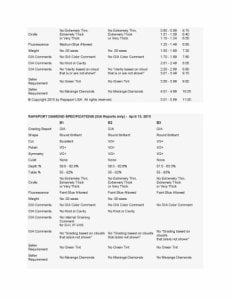
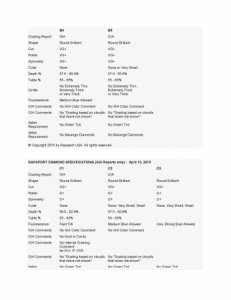
It’s an interesting deal.
The entire press release is behind a paywall and I’m not sure if I’m permitted to show it or not but given the impact this is likely to have on the industry, it seems relevant. I’ll post it and see if they complain. In a nutshell it’s for round brilliant cut natural diamonds only, rather like the GIA cut grade. In fact, GIA grading is a prerequisite. There are 14 grades, and the top 5 are all subcategories of GIA-excellent. The other 9 are divisions of GIA-vg.
I"m curious what the prosumers think of this. It's a whole new approach. Other than focusing table and depth a little bit form the GIA specs, none of their criteria have anything at all to do with proportions for example. Is this a valid scale for deciding which GIA-xxx is the 'most excellent'?
[





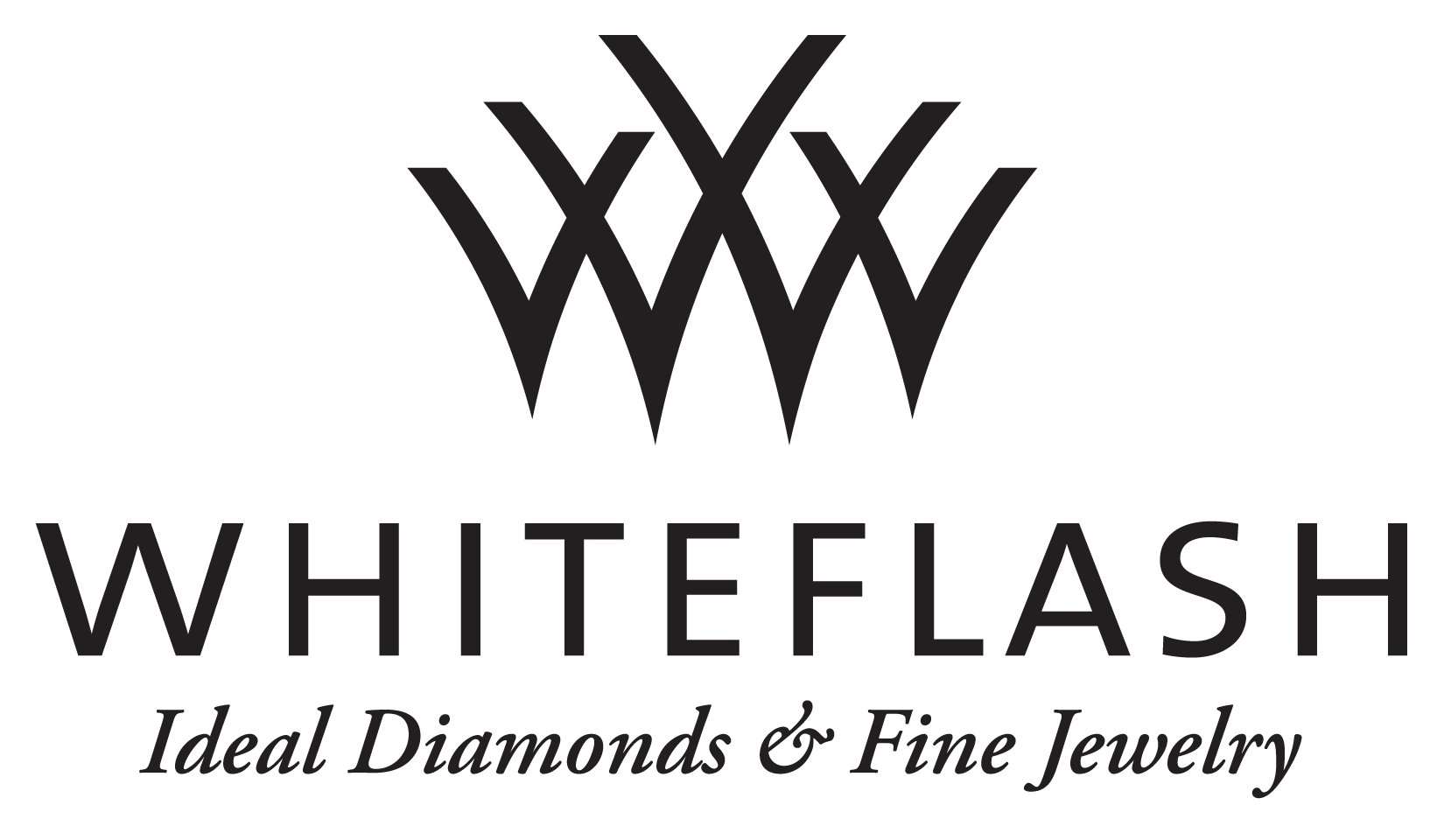
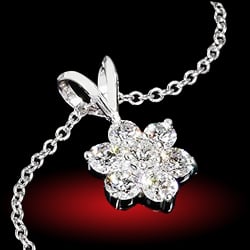
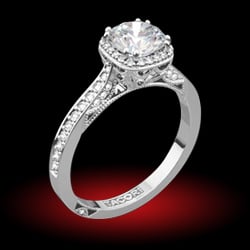
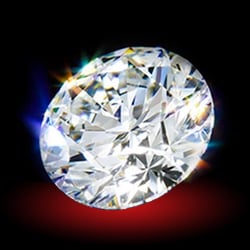


300x240.png)